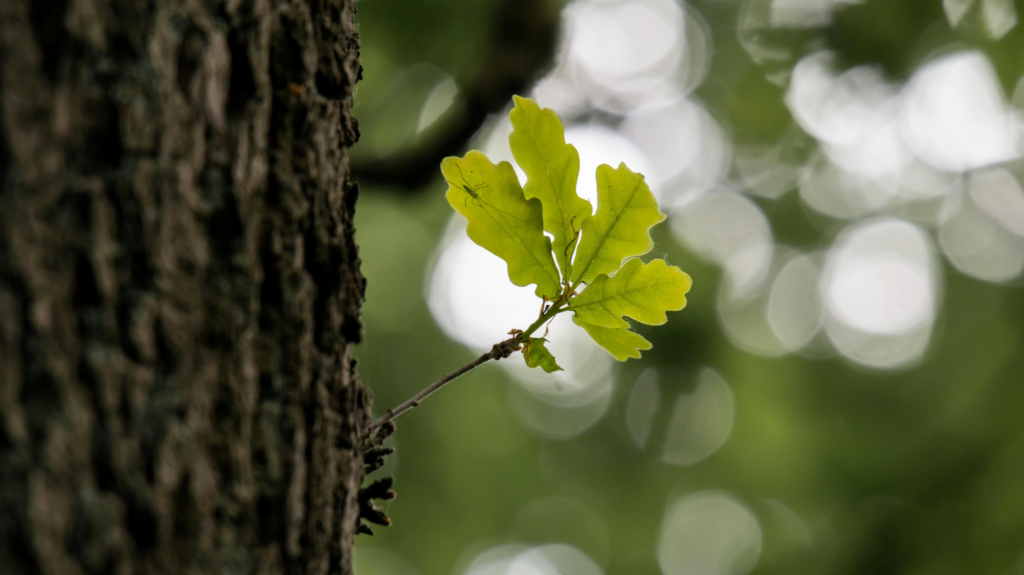
Using oak as a natural dye
For anyone interested in natural dyeing with oak leaves, this is a wonderful dye source, to begin with. As a dye source, the leaves are rich in tannin and can provide a surprising range of natural hues. You can naturally dye with the leaves, branches bark & acorns, all producing beautiful earthy tones.
King of the forest
In ancient Ireland, the Oak held special meaning to the Celts. Considered the King of the forest, oak is associated with strength, nobility, inspiration & knowledge. The Oak itself has a lineage dating back roughly 85 million years. Historically, the oak was essential to the Irish way of life, providing shelter, fuel, building materials, food & habitats for wildlife.
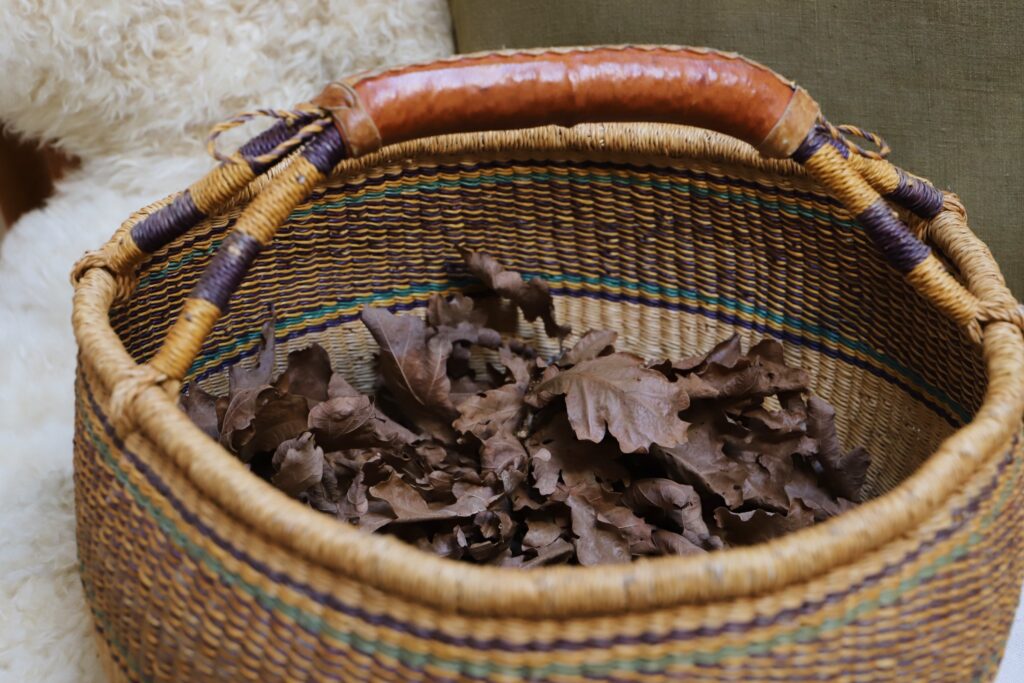
With over 500 hundred species of Oak, known for their longevity, they can live for 300-400 hundred years. Deciduous & evergreen varieties are characterised by their wavey leaf pattern & distinguishable acorn seed.
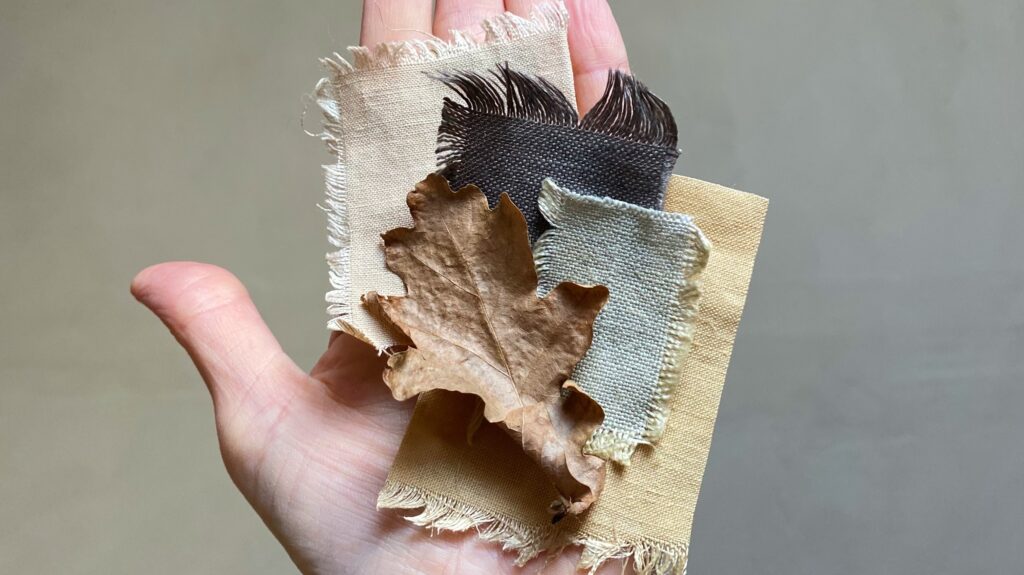
What parts of the oak tree can you use for natural dyeing?
As a dye plant, the leaves, bark, acorns, twigs & oak galls create colour. These parts contain tannin which acts as a natural mordant ensuring beautiful long-lasting colours on plant fibres. The oak galls contain the highest concentration of tannin, used to mordant plant fibres such as linen, cotton or hemp. Oak was used throughout history to create dark greys & ink when combined with iron.
How to naturally dye with oak leaves:
If you’re curious about natural dyeing with oak leaves, gather enough to experiment with, 2-4 handfuls for small experiments and more for larger tests.
- Soak the plant parts in hot water for 2-4 days.
- Bring to a gentle simmer & simmer for 3-4 hours.
- When the water changes colour & you have a nice strong liquid, your dye is ready to use.
- Turn off the heat, let the dye cool completely, then strain out the plant parts & add your fibre.
- Return to the heat & keep your fibre in the dye until you’re happy with the colour.
- For initial experiments consider using small swatches of natural fire to learn about the colours & hues of the dye. You can follow the same instructions to work with the other parts of the oak that produce colour (branches, bark & acorns).
Learn more about natural dyeing
If you want to learn about natural dyeing with simple ingredients like onion skins or avocado stones you can enrol in my free mini-course. ‘Naturally Dye Fabric With Avocado Stones‘. The class is hosted on teachable, to enrol enter your email & create a password.
Free Natural Dye Resources
For more beginner guides, look at other natural dye tutorials here. If you have been wanting to give natural dyeing a go, I would strongly recommend you start with avocados for surprising pinks or yellow onion skins for, you guessed it, yellows:) These are fun dyes, as neither requires a mordant, making them more straightforward.
Natural Dye Colour Guide
If you would like to learn more about the colours you can get from dye plants or sources of natural colour, take a look at ‘The Guide To Natural Colour & Plant Dyes‘ ebook. This comprehensive download will give you access to 200+ dye plants, detailed by plant type & colour. Cost: €18.
EXPAND YOUR NATURAL DYE SKILLS & DEEPEN YOUR PRACTICE
Whether experimenting with this plant or curious about other natural dyes, there’s so much more to discover. In the next few weeks, I’ll be re-opening enrolment for my Foundational Natural Dye Course & Coaching, where we’ll dive deep into the art and science of creating beautiful, sustainable colours from nature.
If you want to deepen your practice, this course will take you through foundational techniques of natural dyeing. Expand your craft & elevate your learning with live classes, a full natural dye curriculum & expert guidance to help you along the way. Keep an eye out for more details.
Until then, happy colour adventures!
x Kathryn

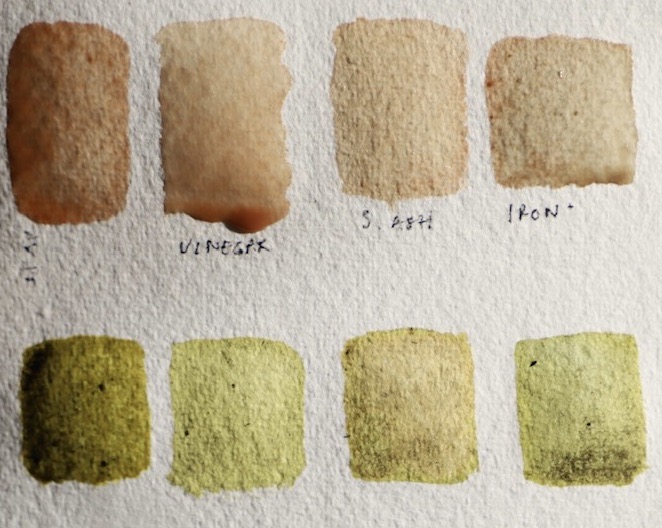
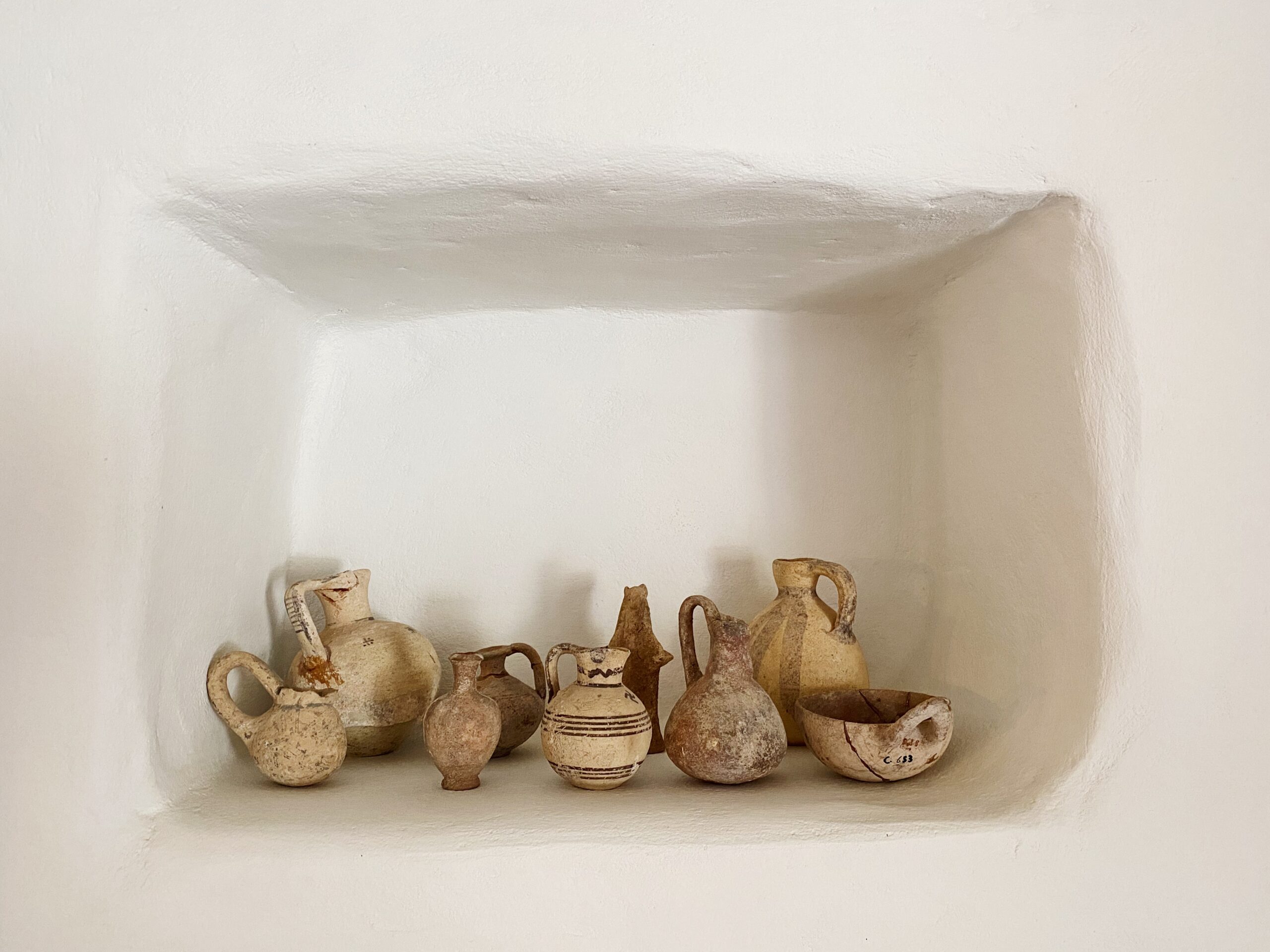

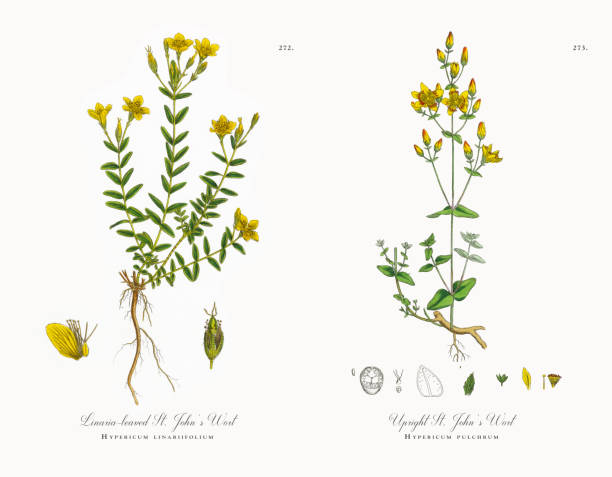
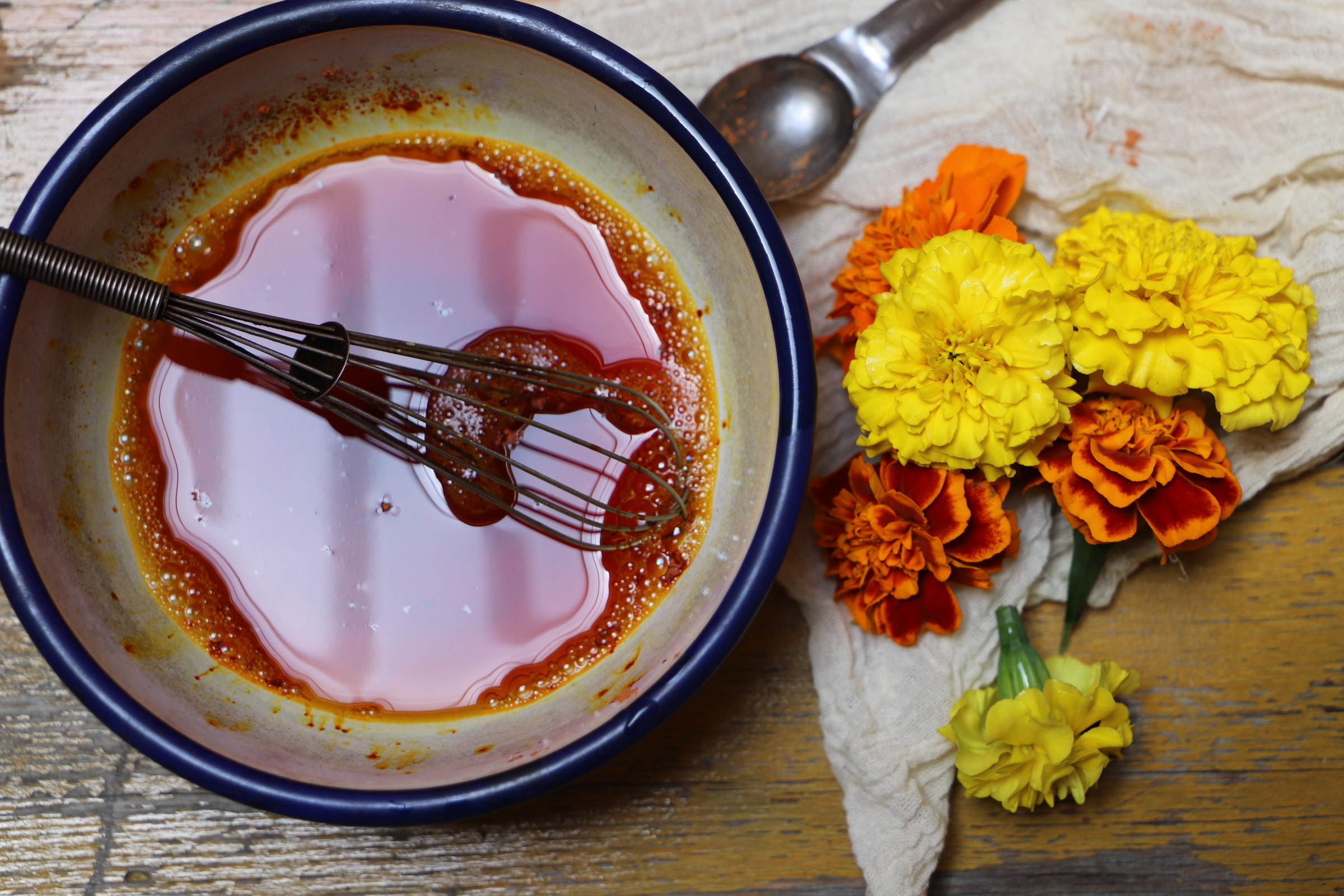
+ show Comments
- Hide Comments
add a comment